The current map of our planet looks vastly different from what it was millions of years ago. Around 300 to 200 million years ago, a single continent called Pangea existed before breaking apart. Scientists predict that a similar shift in plate tectonics could happen again. An animation from the nonprofit AGU (Advancing Earth and Space Science) illustrates the potential formation of a new supercontinent over the next 250 million years.

In 1912, German meteorologist Alfred Wegener first proposed the concept of a "supercontinent," according to National Geographic. He hypothesized that the different continents had previously been joined together in a supercontinent he called "Pangaea." Wegener proposed that Earth's dynamic plate tectonics broke them into pieces of land over millions of years. The animation demonstrates how Pangea could dramatically reform over the next 250 million years.
Experts believe this process could unfold over millions of years, eventually forming a massive supercontinent. The brief 17-second clip shows how the continents could gradually merge into one gigantic landmass. The brief clip that lasted only 17 seconds portrayed how, in millions of years, the continents on this planet could again join to become one gigantic landmass.
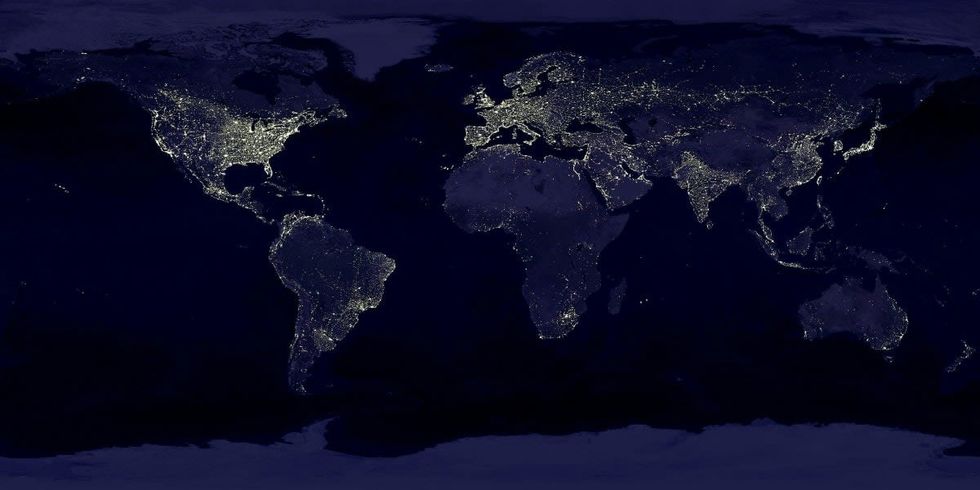
The video first depicts Australia joining Asia, followed by Antarctica moving up to merge with them. Next, North America joins Africa, and South America connects with Antarctica. Ultimately, all the continents merge to form a supercontinent.
Mattias Green, an oceanographer from Bangor University’s School of Ocean Sciences and a creator of the animation, led a study suggesting ocean tides play a crucial role in forming supercontinents. He said, "It probably doesn’t mean anything to humans now in our lifetime. But it does enhance our understanding of interactions between plate tectonics, Earth’s climate system, its oceans, and even how the evolution of life is, at least to some extent, driven by this tidal process."
Green also talked about how the simulation addressed the matter of tides, "Our simulations suggest that the tides are, at the moment, abnormally large. And that was our motivating question: If the tides were weak up until 200 million years ago, and they’ve since shot up and become very energetic over the past two million years, what will happen if we move millions of years into the future?”
Geophysicist Dietmar Müller from the University of Sydney in Australia has assured people that these massive changes won't affect the current life on Earth. But, "it does enhance our understanding of interactions between plate tectonics, Earth’s climate system, its oceans, and even how the evolution of life is, at least to some extent, driven by this tidal process," he said.


















 Representative Image Source: Pexels | Anni Roenkae
Representative Image Source: Pexels | Anni Roenkae Representative Image Source: Pexels | Its MSVR
Representative Image Source: Pexels | Its MSVR Representative Image Source: Pexels | Lucian Photography
Representative Image Source: Pexels | Lucian Photography

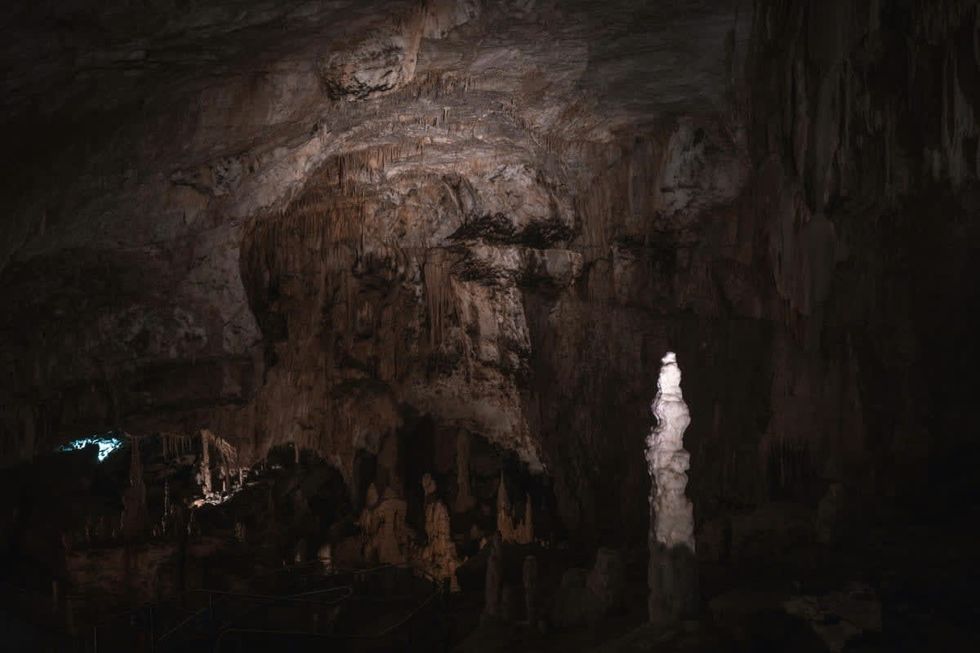 Representative Image Source: Pexels | francesco ungaro
Representative Image Source: Pexels | francesco ungaro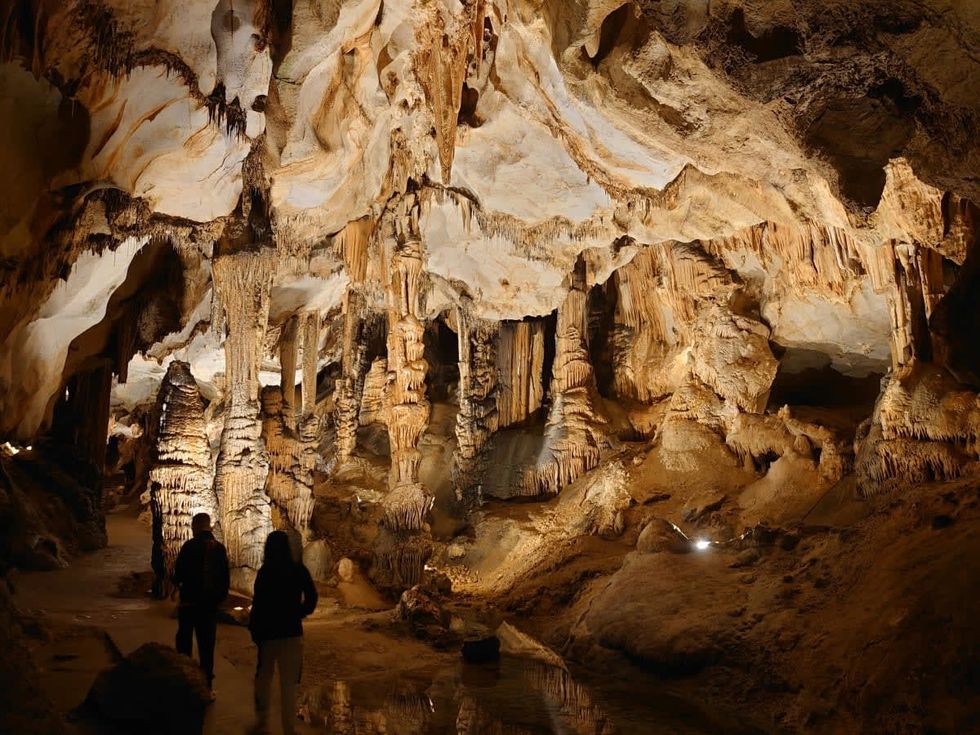 Representative Image Source: Pexels | parfait fongang
Representative Image Source: Pexels | parfait fongang Image Source: YouTube |
Image Source: YouTube |  Image Source: YouTube |
Image Source: YouTube |  Image Source: YouTube |
Image Source: YouTube | 
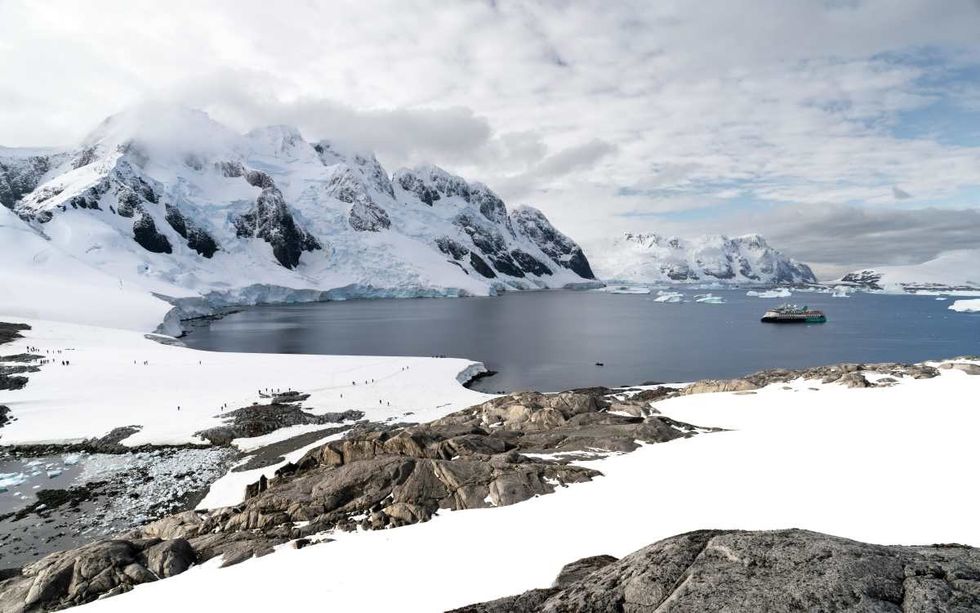 Representative Image Source: Pexels | Hugo Sykes
Representative Image Source: Pexels | Hugo Sykes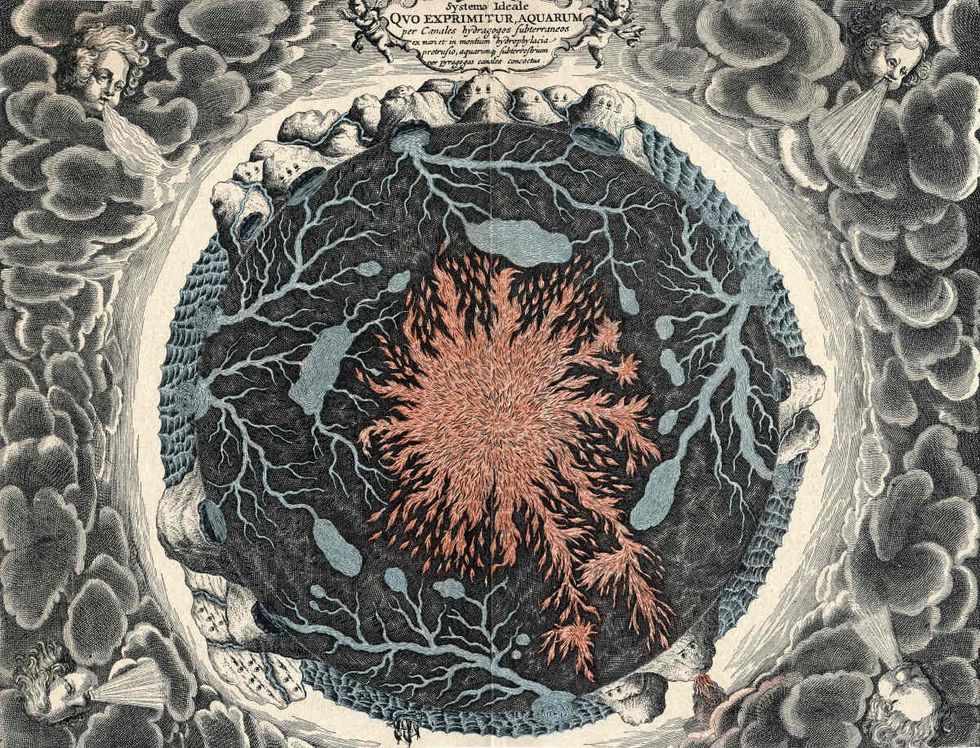 Representative Image Source: Sectional view of the Earth, showing central fire and underground canals linked to oceans, 1665. From Mundus Subterraneous by Athanasius Kircher. (Photo by Oxford Science Archive/Print Collector/Getty Images)
Representative Image Source: Sectional view of the Earth, showing central fire and underground canals linked to oceans, 1665. From Mundus Subterraneous by Athanasius Kircher. (Photo by Oxford Science Archive/Print Collector/Getty Images)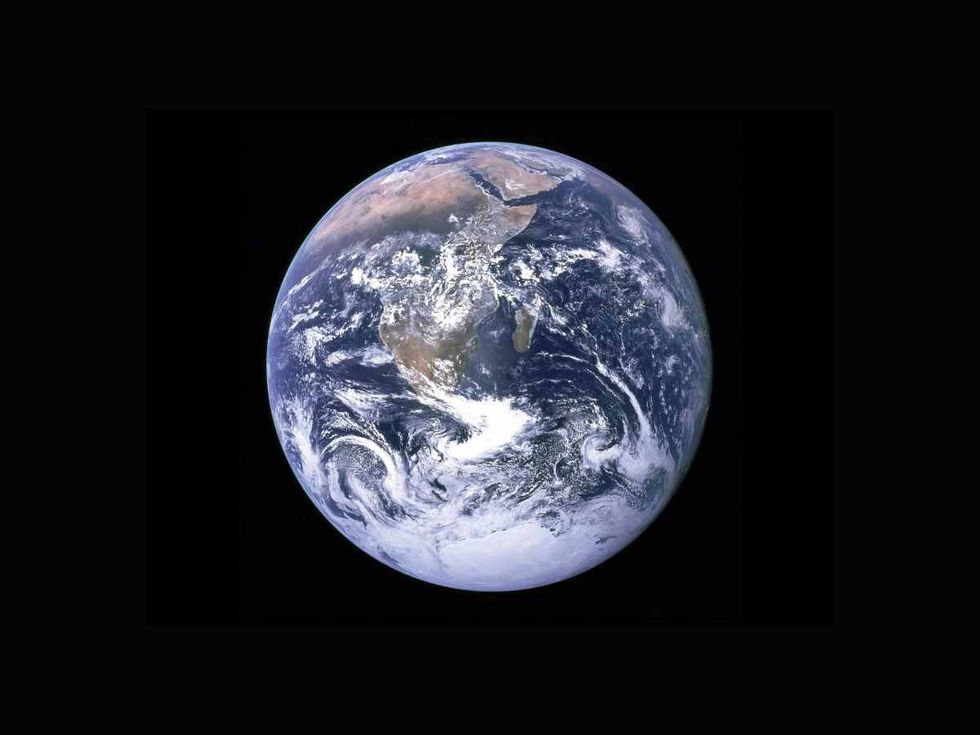 Representative Image Source: Pexels | NASA
Representative Image Source: Pexels | NASA




 Representative Image Source: Pexels | Steve Johnson
Representative Image Source: Pexels | Steve Johnson Representative Image Source: Pexels | RDNE Stock Project
Representative Image Source: Pexels | RDNE Stock Project Representative Image Source: Pexels | Mali Maeder
Representative Image Source: Pexels | Mali Maeder
 Photo: Craig Mack
Photo: Craig Mack Photo: Craig Mack
Photo: Craig Mack